Padel is a racquet sport that combines elements of tennis and squash. It is played in doubles on an enclosed court about a third the size of a tennis court. The game originated in Mexico in the 1960s but gained popularity in Spain, where it became immensely popular before spreading globally.
Table of Contents
Basic rules of Padel include serving underhand, allowing the ball to bounce once on each side before volleys are permitted, and using solid walls around the court. Players can use the walls to keep the ball in play, adding an extra dimension of strategy and excitement.
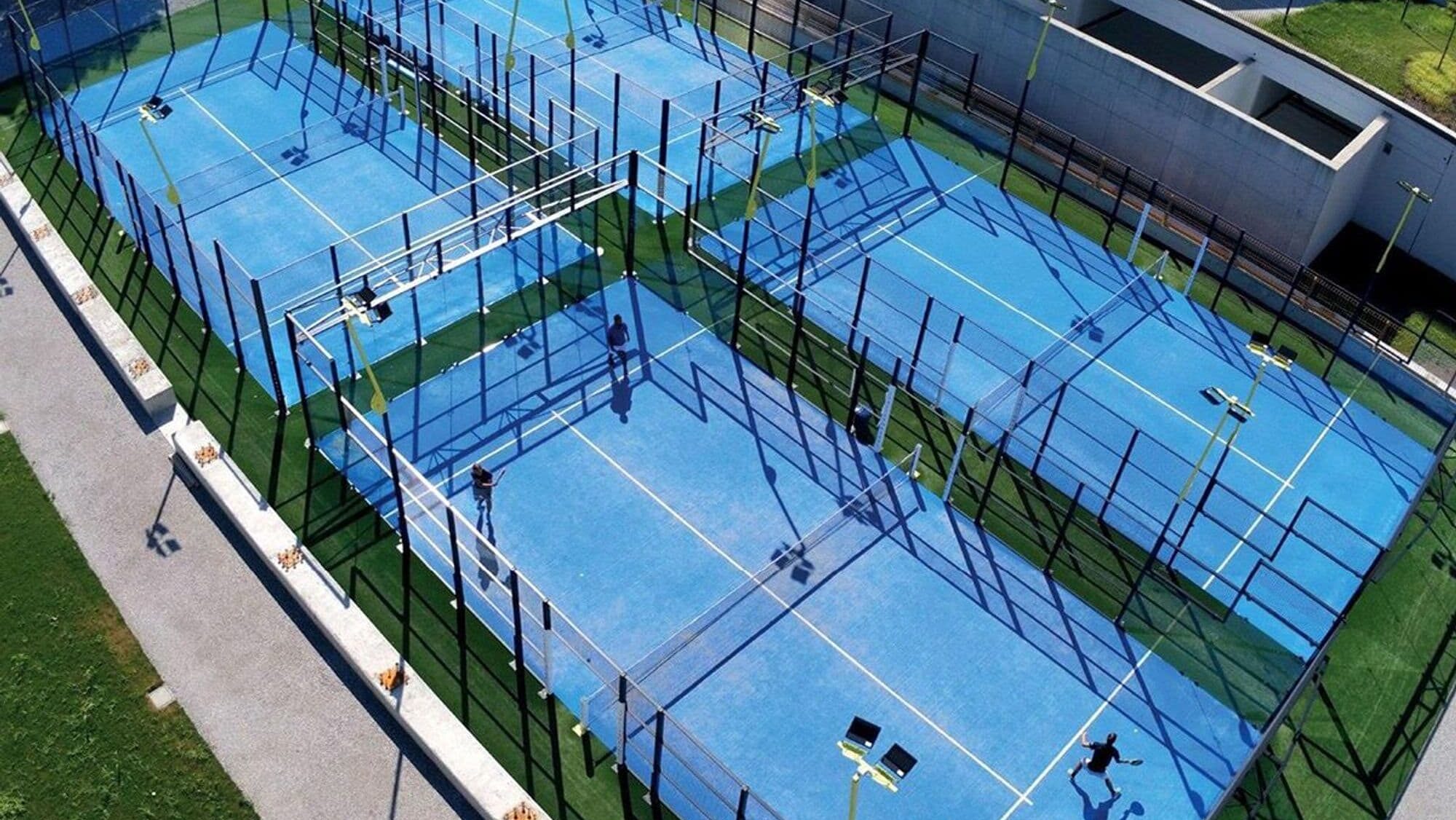
Padel has become a very popular sport worldwide. With more courts being constructed and more players playing, it has experienced substantial growth in recent years, especially in Europe and South America. Professional padel tours have developed, drawing sponsorship and media interest while providing elite players with lucrative opportunities.
Padel has the potential to become even more well-known and prevalent worldwide. Its accessibility as a beginner-friendly sport and its thrilling, fast-paced gameplay make it appealing to a wide range of players. Padel is a sport anticipated to grow as more people like it and the infrastructure to support it is built.
Furthermore, the sport’s elasticity and versatility work well in contemporary urban settings, where space is sometimes at a premium. Padel courts are accessible to many populations because they can be constructed indoors or outdoors in suburbs or cities.
Padel’s worldwide reach will increase as it becomes more popular in nations like the US and some regions of Asia, where it still needs to be discovered. With the support of international federations and groups committed to promoting the sport, Padel could develop into a genuinely worldwide phenomenon in the next few years. With sustained investment, promotion, and support from players and fans around the globe, Padel is positioned to keep growing and become a significant force in the sports industry.
Origins and Early Development
The inception of Padel
Enrique Corcuera, a Mexican businessman, had the vision to develop a new racquet sport that would be affordable for players of all ages and abilities. As a result, Padel was born in Mexico in 1969. Inspired by his own experiences playing racquet sports as a child, Corcuera set out to create a game combining the finest aspects of squash and tennis into a more approachable format for novices.
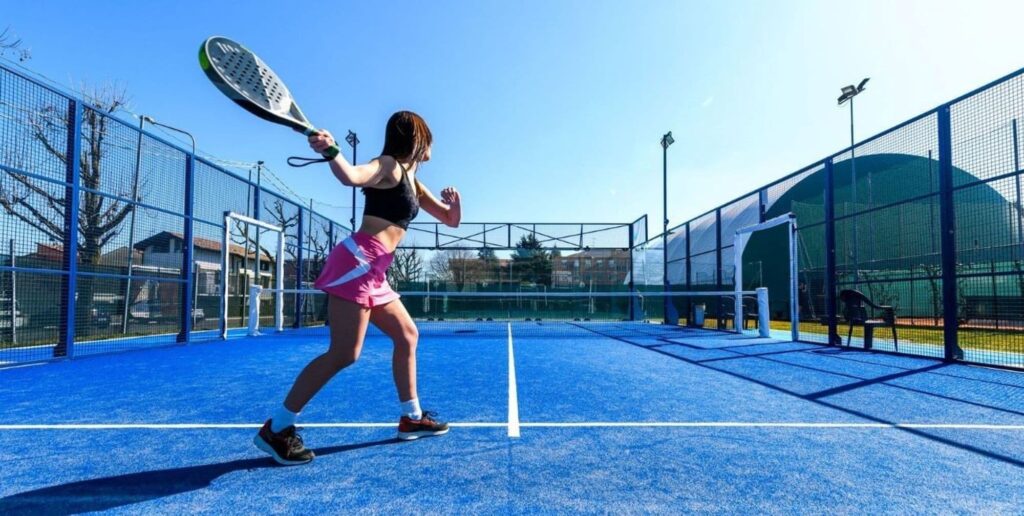
Using the space in his vacation resort, Corcuera created the first padel court in Acapulco, Mexico. The court’s glass and wire mesh barriers allowed players to hit the ball off them and continue play. Solid walls and a smaller court made the game easier for new players to pick up and gave it an intriguing new dimension.
At Corcuera’s resort, Padel immediately became well-liked by tourists and eventually expanded throughout Mexico. But it was in Spain that the sport took root and began to thrive. Spanish businessman Alfonso de Hohenlohe first became aware of Padel on a trip to Mexico in the early 1970s, and he saw that it had the potential to take off in Spain.
Padel was brought to Spain by De Hohenlohe and was instantly well-received. It quickly became a mainstay at bars and resorts all around Spain since the country’s environment and culture were ideal for the activity. Padel courts’ small size allowed them to be constructed in urban settings with limited space, which added to their appeal.
Padel’s rise in popularity in Spain was aided by the attention it received from celebrities and professional athletes. Top players emerged from tournaments, which helped Padel gain recognition as a real sport with a devoted fan base.
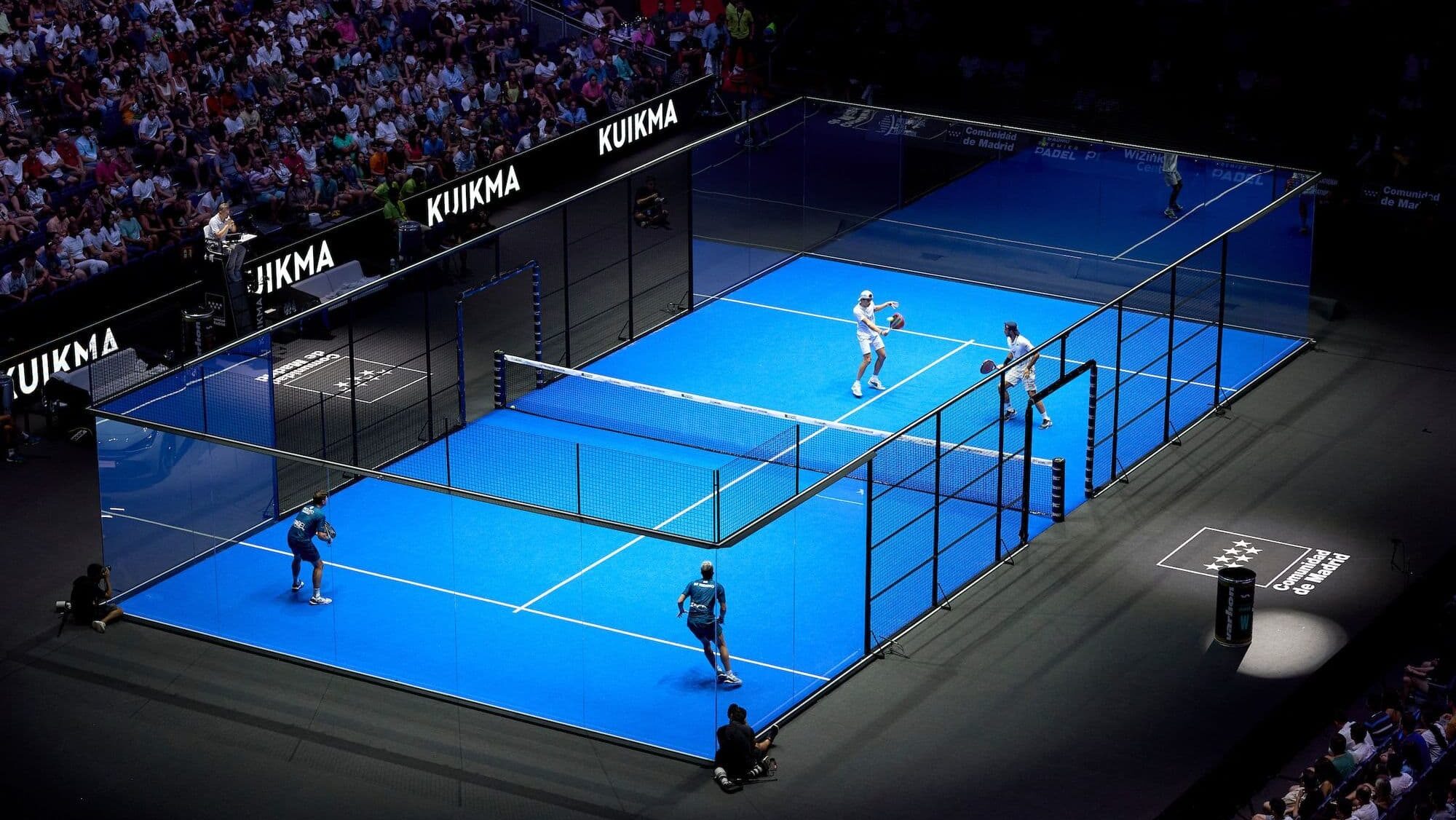
With millions of players and hundreds of courts spread throughout the nation, Spain is still one of the top Padel-playing nations in the world today. The sport constantly innovates and evolves, with new methods and approaches appearing regularly.
The foundation for Padel’s international success was established by its creation in Mexico in 1969 and Alfonso de Hohenlohe’s subsequent introduction to Spain. The founders’ vision and inventiveness allowed Padel to grow into a popular sport now played by millions worldwide.
Growth in Spain
With a spectacular surge in popularity during the 1970s and 1980s, Padel became ingrained in Spanish sporting culture and cemented its place as one of the nation’s most cherished sports. The sport’s explosive rise and widespread popularity in Spain during this period were facilitated by several factors.
During the 1970s and 1980s, Padel’s rapid expansion in Spain was driven by several factors, including accessibility, social appeal, club culture, celebrity endorsement, media attention, and government backing. By the end of this time, Padel had established itself as a major part of Spanish sports culture, setting the stage for future growth and success nationally and worldwide.
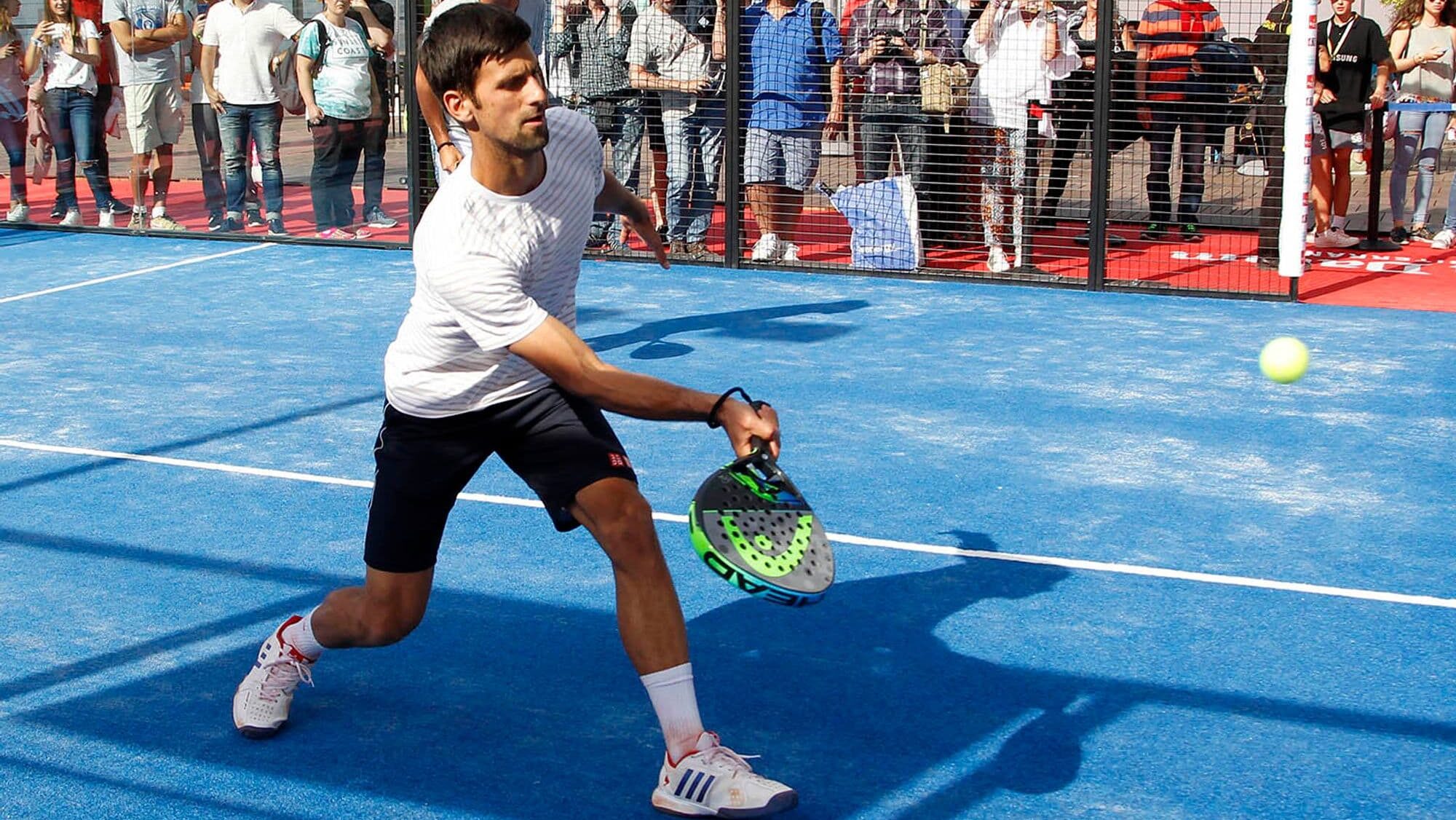
International Expansion
Spreading Across Europe and Latin America
Padel’s globalization beyond its Mexican roots saw notable expansion in several Latin American and European nations, including Italy and Sweden. The following important elements boosted Padel’s appeal in these areas:
Emergence in Non-Traditional Markets.
Padel’s recent expansion into non-traditional areas, such as the Middle East and some regions of Asia, indicates its growing appeal on a worldwide scale and flexibility in various cultural settings. Multiple factors have influenced this emergence in various places:
Padel’s rise in popularity as a social and recreational activity, the growth of indoor facilities, expat communities and tourism, government support, and the expansion of professional tours are reasons for its recent emergence in non-traditional markets such as the Middle East and parts of Asia. As it develops in these areas, the sport is expected to become increasingly ingrained in the local sporting cultures and lifestyles.
Factors Driving Global Popularity
Accessibility and Sociability
Padel’s friendliness and accessibility, two important characteristics that draw players of all ages and genders, fuel the game’s widespread appeal.
Padel’s worldwide appeal is largely due to its sociability and accessibility. People of various ages, genders, and backgrounds can enjoy this activity because of its low entrance barrier, inclusive character, and emphasis on social contact.
Support from Celebrities and Professional Athletes
The support and endorsements from celebrities and professional athletes have played a significant role in propelling interest and investment in Padel, contributing to its growing popularity and global expansion.

Commercial Growth and Professionalization
Development of Leagues and Tournaments
The commercial growth and professionalization of Padel have been facilitated by establishing leagues and tournaments at both the national and international levels. Here’s an overview of how professional padel circuits have developed:
Sponsorships and Media Coverage
Padel’s profile and the professional opportunities it offers have been significantly impacted by growing media coverage and sponsor interest. This is an overview of their impacts:
Challenges Facing Padel
Regulatory and Governance Issues
To address these legislative and governance issues, collaboration, communication, and a common commitment to the long-term growth and sustainability of Padel as a global sport are necessary. Establishing clear norms, fostering transparency, and supporting inclusivity can facilitate a more unified and cohesive padel community across many locations and cultures.
Balancing Tradition and Innovation
Ultimately, the key to balancing tradition and innovation in Padel lies in respecting the sport’s rich heritage while embracing opportunities for growth and improvement. By carefully integrating new ideas and technologies while staying true to its core values, Padel can continue to evolve and thrive as a dynamic and inclusive sport for generations to come.
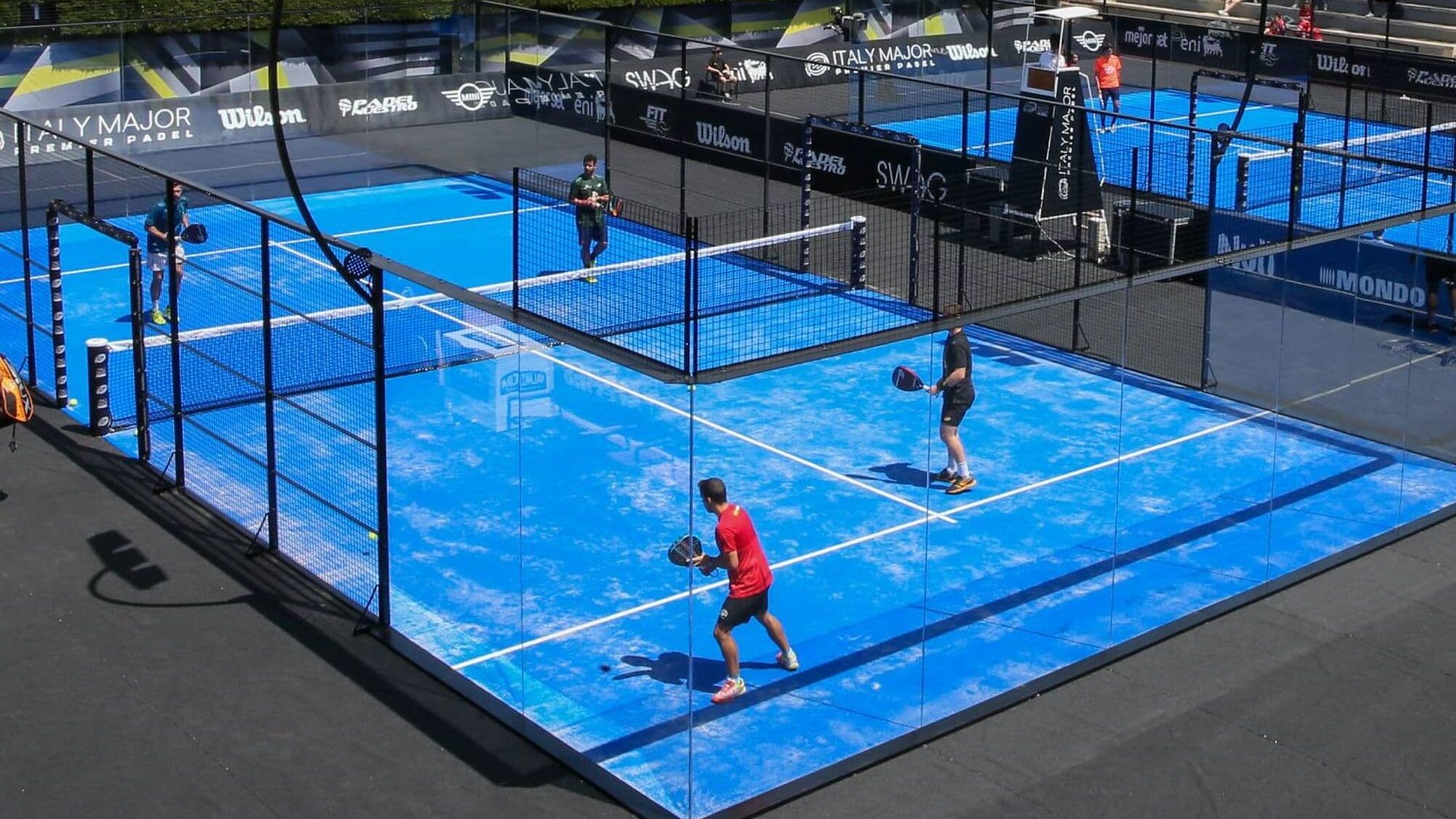
The Future of Padel
Technological Innovations
Technological advancements could completely change how Padel is played, seen, and enjoyed by both players and spectators. By accepting and incorporating these innovations into the game, Padel can continue to develop and flourish in the digital era. This will draw new players, captivate spectators, and solidify the sport’s reputation as a vibrant and cutting-edge activity for years.
Potential Olympic Inclusion
The possibility of Padel becoming an Olympic sport is an exciting prospect that could have significant implications for the sport and its global recognition. Here’s an exploration of the potential for the Olympic inclusion and its implications:
Padel’s journey from a humble backyard pastime to a burgeoning global sport is a testament to its enduring appeal, accessibility, and adaptability. Originating in Mexico in 1969 before gaining traction in Spain and spreading to Europe, Latin America, and beyond, Padel has captured the hearts and imaginations of millions of players and fans worldwide.
Padel has surmounted many obstacles to becoming a popular sport with a thriving and vibrant following. Players of all ages, genders, and skill levels have been drawn to it because of its distinctive fusion of athleticism, strategy, and friendliness, which promotes a sense of community both on and off the court.
Padel’s potential for development and innovation is limitless as it continues to grow and influence the sports industry. Thanks to technological developments, a growing professionalization trend, and the potential for Olympic inclusion, Padel is positioned to achieve unprecedented levels of success and notoriety on the international scene.
Padel’s journey is still ongoing as we look to the future. With its contagious energy, welcoming spirit, and unrelenting commitment, Padel can uplift and bring people from all walks of life together, improving lives and communities worldwide. Padel is an incredibly special and well-liked sport because it provides a special blend of thrill, companionship, and joy that cuts beyond boundaries and cultures, whether played competitively or for enjoyment.